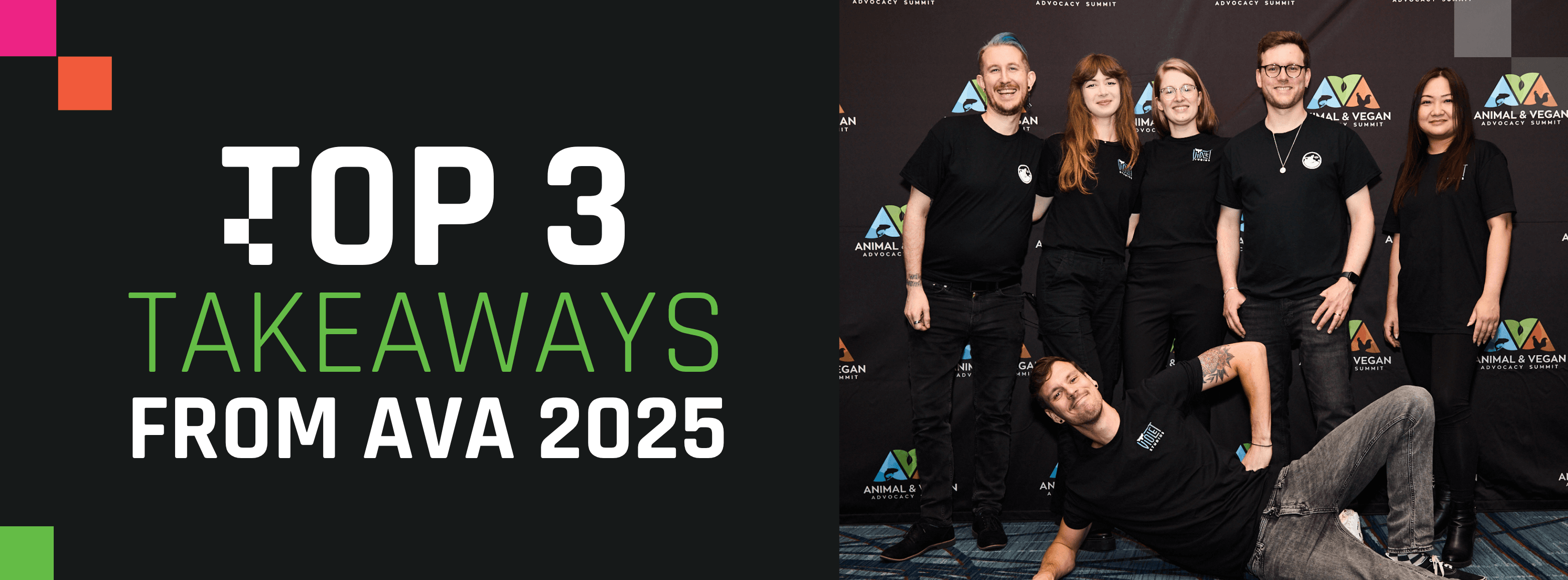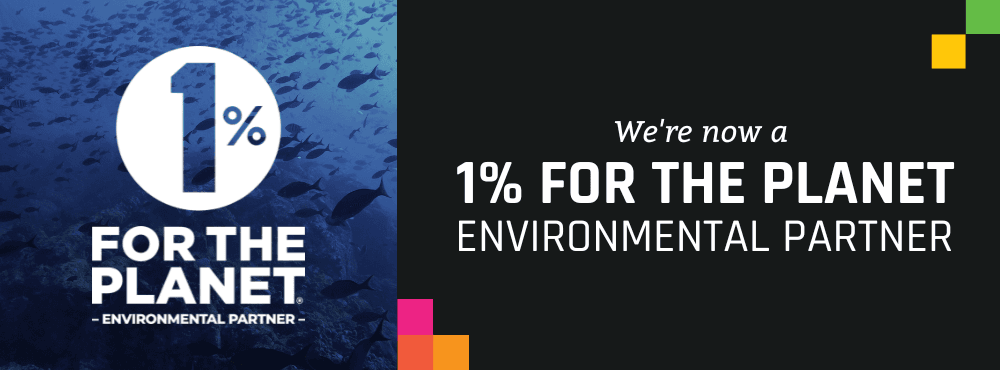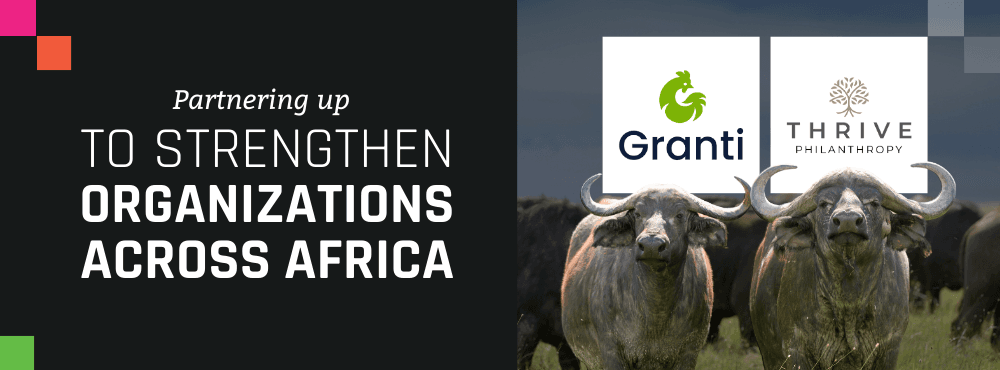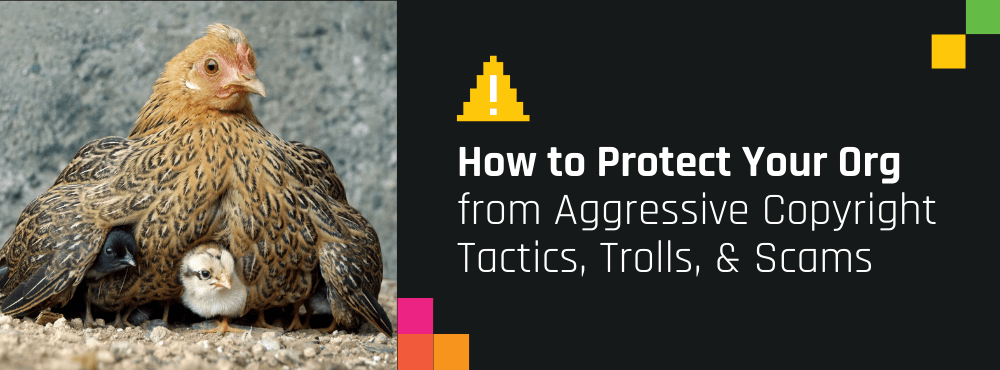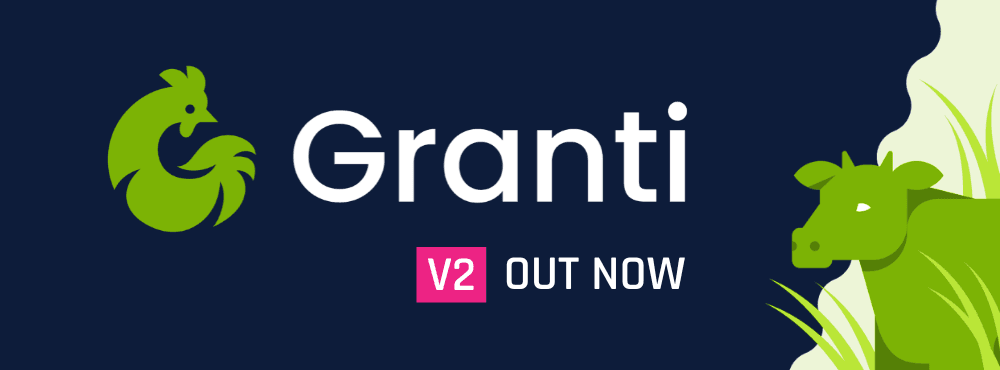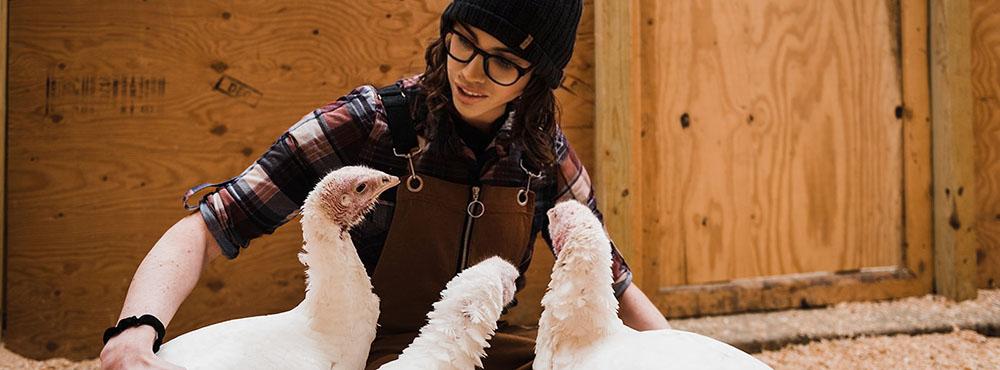
Technology in Sanctuaries: Diverse Solutions to Diverse Problems
Running an animal sanctuary that accommodates the needs and comfort of each animal resident is a challenging gauntlet of tasks and information exchange, even on a relatively easy day. This holds true whether the task is caring for two companion turkeys or a couple dozen sheep and pigs. The rewards of compassionate care come in the form of fostering comfortable and content animals who gain the ability to live an enriching life that was never imagined for them. Every decision and care task — in addition to the communication between staff, volunteers, and veterinary teams and knowledge gained about the care of these individuals — must be integrated into the accessible wisdom of such organizations in a practical, sustainable way.
For this reason, at nearly every animal sanctuary, technology integration is a common thread in the lifelong care of residents. Each sanctuary must find unique solutions for managing information to ensure that the care they provide to animal residents helps them lead healthy and fulfilling lives. These technological solutions are highly varied because humans bring together their unique experiences from diverse professional lives and from evaluating and adopting solutions used by fellow sanctuary operators.
Data Flows Fast
Often, technology is introduced and implemented in an ad-hoc manner as new challenges arise. For some organizations, this approach may work perfectly well given their capacity and needs in terms of both data volume and the frequency of accessing data by volunteers or staff members. For other organizations, this reactive approach to tech adoption might not serve them well as their sanctuary and processes mature, necessitating a thorough review of current practices and evaluating what might be a more practical, integrated solution. Currently, the sanctuary movement lacks a widely-accepted management tool tailored explicitly to the needs of compassionate sanctuary operations.
At a basic level, responsible sanctuary operation necessitates recordkeeping for the animal residents, in the form of things like new resident intakes, observational reports, health checks, quarantine logs, veterinary information, vaccine schedules, and even governmental records, depending on the species of a resident and where a sanctuary might be located. For some sanctuaries, this data is most efficiently managed on paper documentation in organized binders. Given the often remote locations of some sanctuaries, pencil and paper might indeed be the most comfortable method of inputting data, especially when making notes while working directly with residents or with limited access to the internet.
The drawbacks to this system become apparent when paper documentation begins to pile up and there is a need to reference that information, especially in organizations with large resident populations. There is an inherent risk of data loss if there isn’t a system to record or back up paper documentation — especially for organizations with limited volunteers and a mountain of paper. For organizations operating for years with even a few dozen residents, paper overload can come quickly without strict organizing principles and adherence to said principles by everyone on site. This can lead to risks such as misplaced critical veterinary records or missing a vital piece of treatment information hard won from a previous resident. When time is limited, combing through binders is a frustrating lesson in why using paper alone, which may be a simple solution initially, present many headaches down the road.
![[Blog] Paper as documentation](/_next/image?url=https%3A%2F%2Fimages.ctfassets.net%2Fa0em3uo7cuue%2F7zKDYV4bI4BH3OXhXvMj2P%2F6e0f3c10ef8706992c0b405b56447ba8%2Fwesley-tingey-snNHKZ-mGfE-unsplash.jpg&w=3840&q=75)
Digital Caregiving Tools
Digital documentation of all of these care details is a typical tech progression at many sanctuaries that started on paper. However, the question of what form this might take is again highly dependent on the backgrounds and comfort levels of the humans researching the solutions.
For many organizations, the use of a cloud-based system like Google Drive or Microsoft Office comprises the bulk of their digital management. Some may go further and create their own templates and forms to fill out in a more structured manner, especially if the organization manages more extensive care to residents. Other sanctuaries use more bespoke solutions, ranging from custom Airtable databases with branching data and forms based on category to the use of somewhat pricey animal shelter management software tweaked for the specific complexities inherent to lifelong animal care. All of these digital solutions come with their own complications, ranging from training all staff on proper usage to integrating old databases into the new system. Organizations simultaneously must work out possible pitfalls while continuing to provide exceptional resident care. It’s a tall order, but then again, so are most things at animal sanctuaries!
Ultimately, the lack of a technological solution tailored specifically for use by and for animal sanctuaries is part of a larger challenge of a lack of specific information and tools, which help account for the broad diversity of ways that sanctuaries have tackled sanctuary management and operations. At The Open Sanctuary Project, we exist to try to simplify these challenges with the help of accessible knowledge to save organizations from reinventing the wheel. We often have pondered the issue of this lack of a more universal solution, but we ourselves did not have the expertise to create something that would tick the many boxes required to make a tool genuinely accessible to the vast array of sanctuaries and their many environments and challenges.
![[Blog] Filling out form](/_next/image?url=https%3A%2F%2Fimages.ctfassets.net%2Fa0em3uo7cuue%2F4obXFKJtlJsooPRmeH7xsA%2F3beb39b27d72bd22017ab53da62c67d9%2FOSP_Health_Form.jpg&w=3840&q=75)
A New Horizon In Sanctuary Tech
Today I’m thrilled to report that we are working on a new solution to this problem with Vegan Hacktivists. Together with input from members of the sanctuary community and input from Open Sanctuary Project staff, VH is researching and developing a free sanctuary-focused data management system that will be scalable, flexible, and work to address the many needs of sanctuary operators and their residents more effectively than the solutions implemented in the past. Having conducted extensive research as to the challenges inherent in such software by talking to sanctuary caregivers, we know there’s a lot to consider, but we are confident and hopeful about the end product.
If you are a sanctuary operator and would like to provide perspective on what such a tool should look like to effectively help you help your residents, please get in touch! We would love to have your input. Together, we can serve the animals with even more exceptional and informed care, and continue to demonstrate to the world what compassion in action looks like for animals who have been marginalized through no fault of their own.

A journalist and award-winning documentary filmmaker, Mckenzee is executive director of The Open Sanctuary Project. In collaboration with the global sanctuary community, she researches and publishes resources to address and provide solutions to the unique challenges of sustainable sanctuary operation. Mckenzee holds a certification in Animal Sanctuary Management from the University of Utah.

A journalist and award-winning documentary filmmaker, Mckenzee is executive director of The Open Sanctuary Project. In collaboration with the global sanctuary community, she researches and publishes resources to address and provide solutions to the unique challenges of sustainable sanctuary operation. Mckenzee holds a certification in Animal Sanctuary Management from the University of Utah.
